Einleitung
Verwende diese Anleitung, um die Frontkamera deines Samsung Galaxy S6 Edge auszutauschen.
Werkzeuge
-
-
Setze eine auf gebogene Büroklammer oder ein SIM Karten-Auswurfwerkzeug in die Öffnung im SIM-Karten-Schlitz oben am Smartphone.
-
Drücke den Stift hinein bis der Einschub heraus kommt.
-
Entferne den Einschub vom Smartphone.
-
-
-
Erhitze den iOpener für dreißig Sekunden.
-
Im Verlauf der Reparatur kühlt sich der iOpener wieder ab. Erhitze ihn dann noch einmal für dreißig Sekunden.
-
-
-
Halte den iOpener an einem der flachen Enden und vermeide die heiße Mitte, während du ihn aus der Mikrowelle nimmst.
-
-
-
Fülle einen Topf oder eine tiefe Pfanne mit ausreichend Wasser, um den iOpener komplett damit bedecken zu können.
-
Erhitze das Wasser (ohne den iOpener) bis es kocht. Schalte die Wärmezufuhr (Platte) aus.
-
Lege den iOpener für etwa 2-3 Minuten in das heiße Wasser. Stelle sicher, dass der iOpener komplett mit Wasser bedeckt ist.
-
Nimm den iOpener mit einer Küchenzange aus dem Wasser heraus.
-
Trockne den iOpener gründlich mit einem Küchen- oder Handtuch ab.
-
Der iOpener kann jetzt verwendet werden. Solltest du den iOpener erneut erwärmen müssen, erhitze das Wasser nochmal bis zum Siedepunkt, schalte die Wärmezufuhr aus, und lege den iOpener wieder für 2-3 Minuten vollständig in das Wasser.
-
-
-
Lege den erwärmten iOpener für etwa zwei Minuten über das ganze Panel, um den Kleber rund um den Rand des Glases zu lösen.
-
Verschiebe den iOpener, um den restlichen Bereich des Panels für weitere zwei Minuten zu erwärmen.
-
-
-
Wenn die Glasscheibe so heiß ist, dass du sie kaum anfassen kannst, kannst du einen Saugnapf nahe der Unterkante anbringen.
-
Hebe den Saugnapf hoch, um einen kleinen Spalt unter dem rückseitigen Glas zu schaffen. Setze dort ein Plektrum ein.
-
-
-
Fahre mit dem Plektrum entlang der Unterkante des Smartphones um den Kleber, der das rückseitige Glas festhält, aufzutrennen.
-
-
-
Wiederhole diese Prozedur des Erwärmens und Aufschneidens für die restlichen drei Seiten des Smartphones.
-
Lasse ein Plektrum unter jeder Kante stecken, damit sich der Kleber nicht wieder verbinden kann.
-
-
-
Schneide mit einem Plektrum durch alle noch verbliebenen Kleberreste.
-
Entferne das rückseitige Glas.
-
-
-
Ziehe alle verbliebenen Kleberreste mit einer Pinzette von der Glasscheibe und vom Rahmen des Smartphones ab.
-
Reinige die Klebeflächen mit hoch konzentriertem Isopropylalkohol (mindestens 90%) und einem fusselfreien Tuch. Wische nur in eine Richtung, nicht vor und zurück. Die Oberfläche wird so für den neuen Kleber vorbereitet.
-
Ziehe die Schutzfolie vom neuen Rückseitenglas ab und richte es sorgfältig am Rahmen des Smartphones aus. Drücke dann das Glas am Rahmen fest.
-
-
-
Drücke den Akku nach unten und hebe gleichzeitig dem Mittelrahmen an den Seiten nach oben, um ihn vom Rest des Smartphones zu trennen.
-
-
-
Verwende das flache Ende eines Spudgers, um dier Frontkamera vom Motherboard zu trennen.
-
Entferne die Frontkamera.
-
Arbeite die Schritte in umgekehrter Reihenfolge ab, um dein Gerät wieder zusammenzubauen.
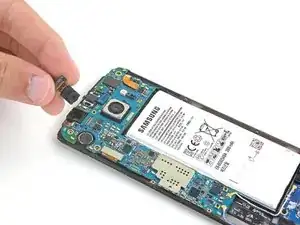
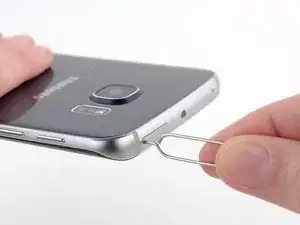
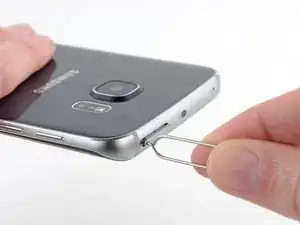
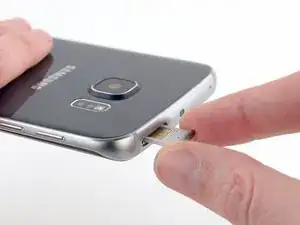




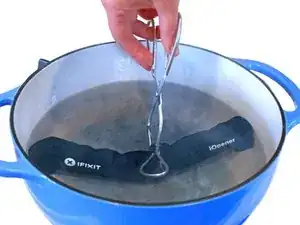

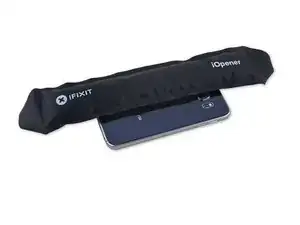
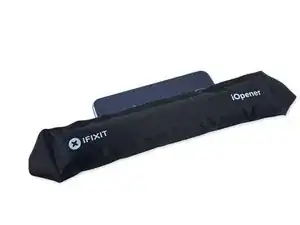
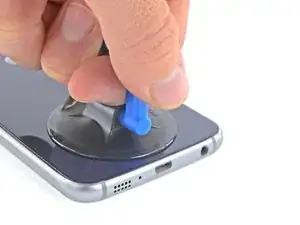

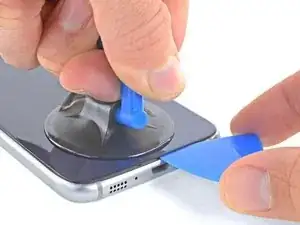
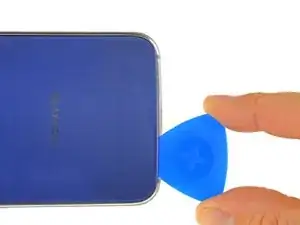
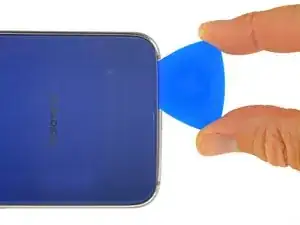

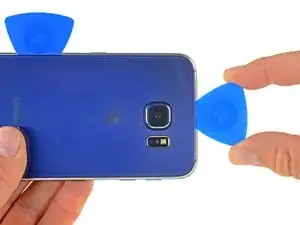

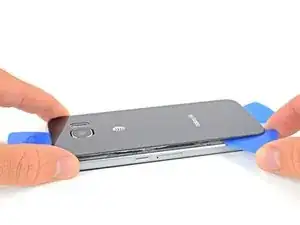
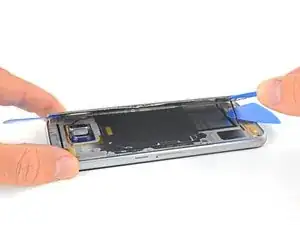
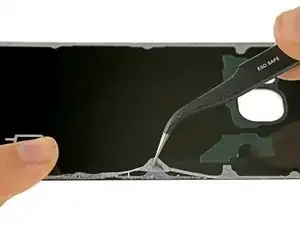
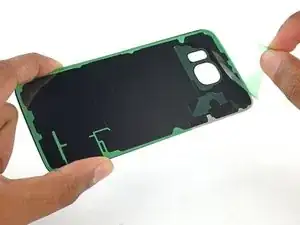
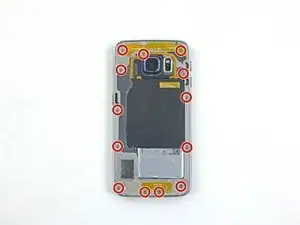
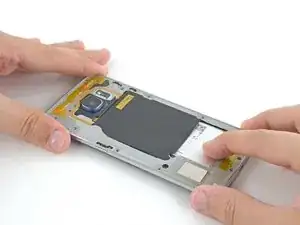
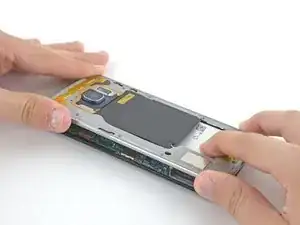

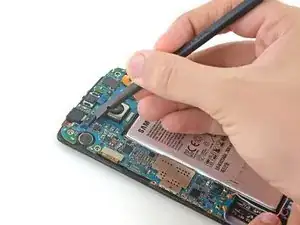
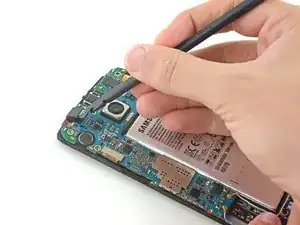
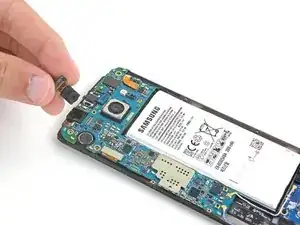

First thankful sir that you have a good idea for people to creat like this.. I am very happy from your website its too good. All things i learn from your website thank you..
Lovely Khan -
My issue is my tray is stuck
James middleton -